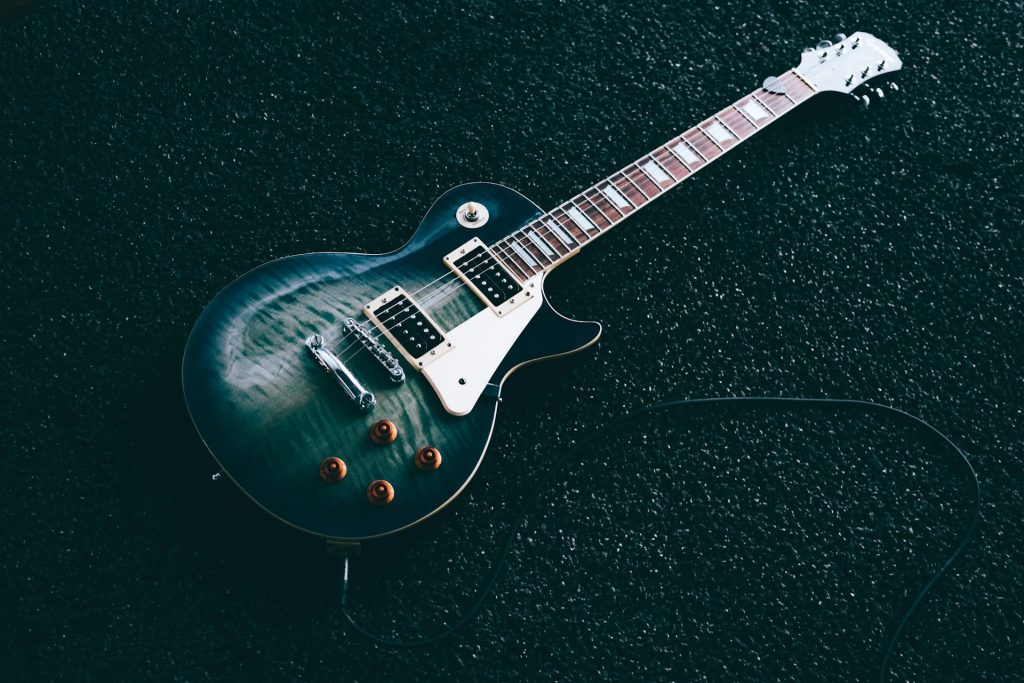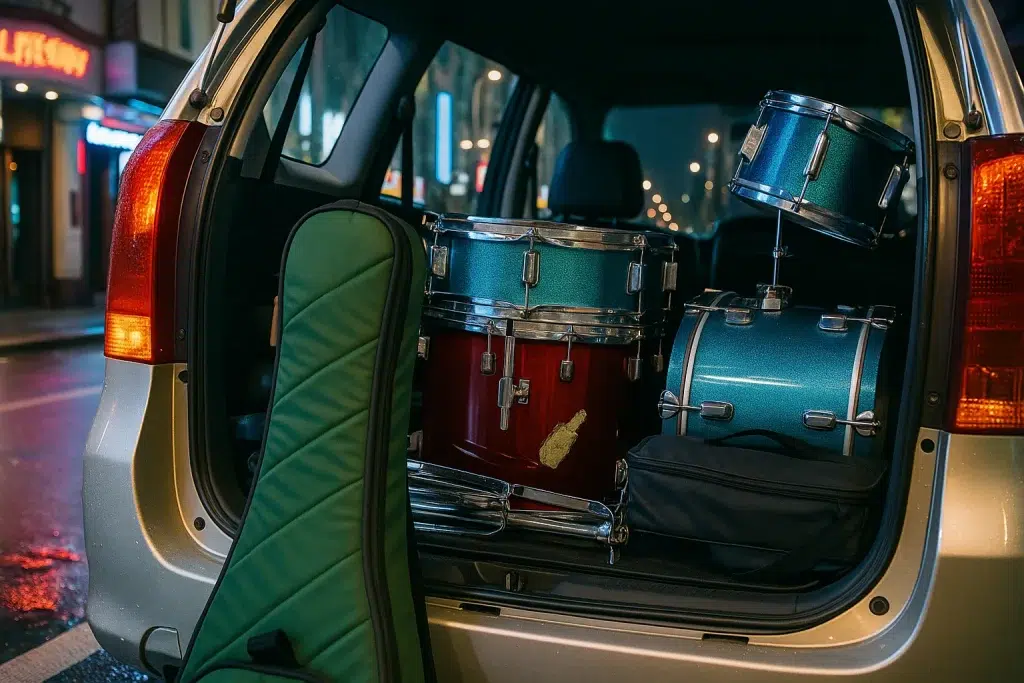Playing the guitar should feel good—not like a chore or a contortionist act. Whether you’re strumming on the porch, practicing in your bedroom, or getting ready for a low-key gig, comfort matters. Because if you’re distracted by back pain, neck strain, or slipping straps, you’re not going to play your best—and you’re definitely not going to enjoy it.
Guitar playing isn’t just about finger strength or fancy chords. It’s also about how you hold the instrument, where you sit, what you wear, and even how you move. The more relaxed and natural your setup, the easier it becomes to focus on the actual music. Here’s what you can do to stay comfy playing the guitar.
The Secret to Being Comfortable on the Road
If you’re planning to hit the road with your instrument, there’s one truth you need to accept early: your guitar won’t magically protect itself. Knowing how to travel with your guitar makes all the difference when it comes to comfort and peace of mind.
Good travel habits start with the right case—something that actually supports the neck, absorbs shock, and keeps hardware from rattling loose. But it’s also about being practical with your gear. Don’t pack your guitar in a way that makes it a burden to carry, especially if you’re navigating crowded airports or loading up a van.
Make sure you can access essentials like a tuner, capo, or spare strings without digging through every zipper and pouch. Traveling light doesn’t mean leaving everything behind—it means packing smart.
Invest in a Guitar Stool for Posture and Focus, It’s Worth It
If you’re still practicing on the edge of your bed or using a wobbly kitchen chair, you’re not doing yourself—or your back—any favors. A dedicated guitar stool changes everything about your playing experience, especially when it comes to posture, balance, and long-term comfort.
A proper stool is built with musicians in mind. It puts you at the right height, gives you room to move, and encourages a posture that supports your playing, not fights against it. Most are designed without arms so your guitar can move freely, and they’re tall enough to keep your knees below your hips—a key factor for staying relaxed and aligned. When your seat works with you instead of against you, everything gets easier.
Strap Fit Matters More Than You Think
Guitar straps aren’t just accessories—they’re part of how you hold and control your instrument. A strap that’s too long, too short, or digs into your shoulder can turn a jam session into a pain session fast. The right strap makes the guitar feel like an extension of your body instead of a weight pulling you down.
Start by adjusting the height. If your guitar’s too low, you’ll hunch. If it’s too high, you’ll feel boxed in. Somewhere around waist height tends to strike the balance between playability and comfort for most players. Then consider width. A wider strap distributes weight more evenly and tends to be easier on your shoulder, especially if you play standing for long stretches.
Hand Pain and What to do About It
A little soreness is expected when you first start playing, especially in your fingertips. But if you’re experiencing sharp wrist pain, numbness, or tension that lingers long after you stop playing, that’s not just “part of the process.” That’s your body asking for a change.
First, check your technique. Are your wrists bent at sharp angles? Are you squeezing the neck harder than you need to? A softer touch and better alignment often reduce strain more than anything else. If your guitar neck is too thick or the action is too high, that could also be forcing you into uncomfortable positions.
Stretching before and after playing helps too. Simple wrist rolls, finger stretches, and shoulder shrugs can go a long way in keeping you loose. If pain persists, it might be worth checking in with a teacher or even a physical therapist who understands instrument-related strain.
Environment Shapes Everything
You might not think the lighting in your room matters, but if you’re squinting to read chords or shifting to avoid glare, you’re going to feel it. The same goes for temperature, clutter, and even background noise. Your environment does impact how long—and how well—you can play.
Start by making sure your space is distraction-free. That doesn’t mean it has to be silent, but try to limit interruptions and organize your gear so you’re not hunting for picks or cords mid-practice. A good chair, a music stand, and a small table for accessories can turn any corner of your house into a true practice space.
Air circulation helps too. A hot, stuffy room drains energy fast. A cold one tightens up your hands. Somewhere in the middle, with natural light if possible, is where you’ll get the most out of your time.





















